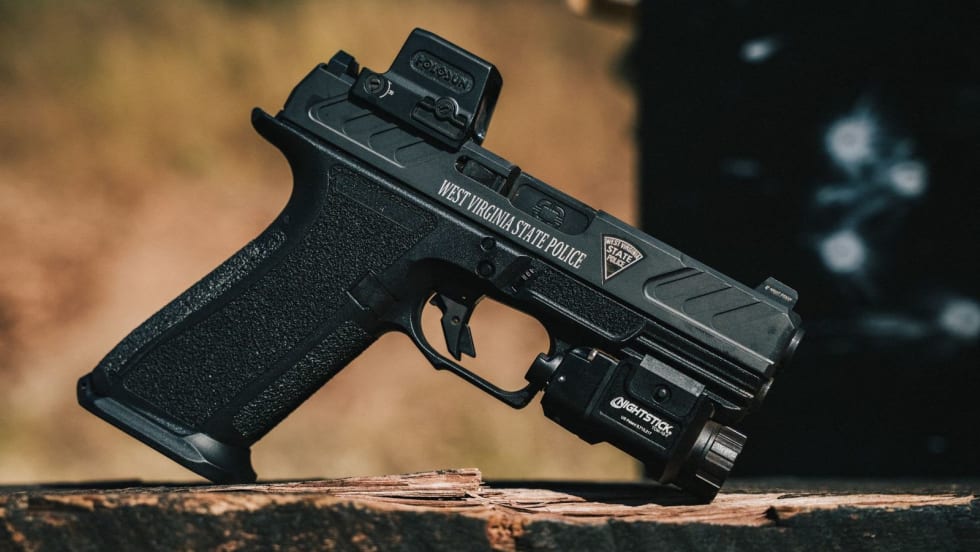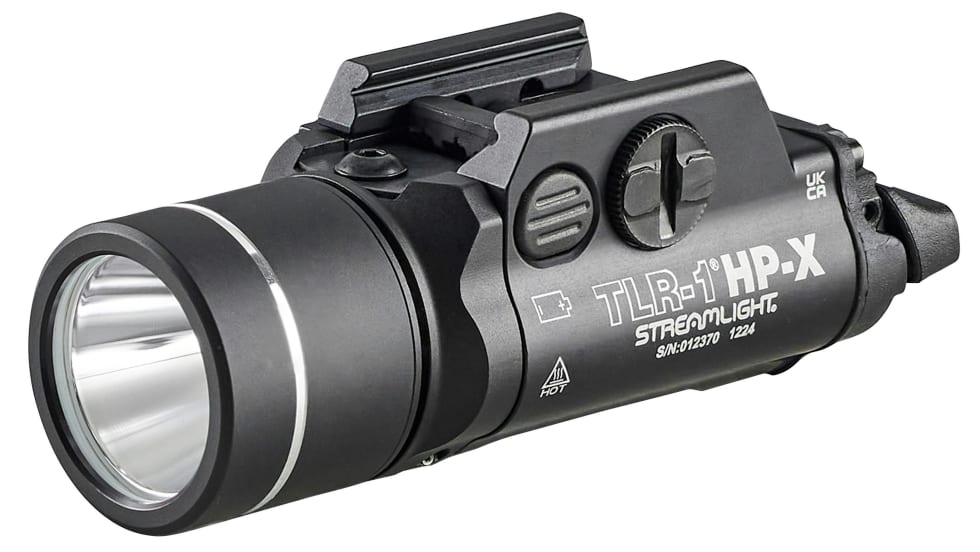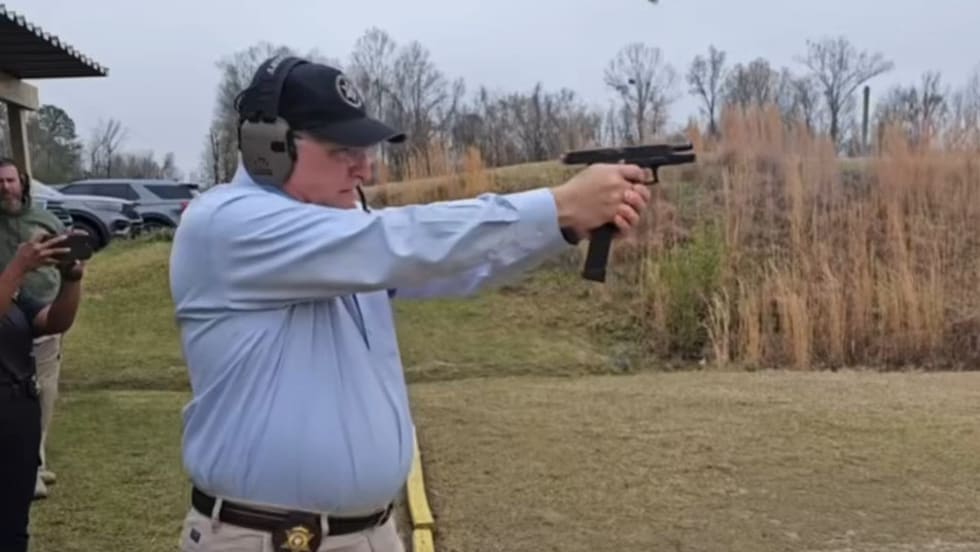If you need further convincing that point shooting is a superior technique to aimed shooting, you should turn to the FBI's statistics on Law Enforcement Officers Killed and Associated in the Line of Duty. In the FBI's 10-year study, some common areas were discovered in the majority of OISs. One of these is that most of these incidents occur between the hours of 6 p.m. and 6 a.m.-which means the vast majority of OISs are occurring at low or no light.
How can you possibly get a good sight alignment picture with your weapon in the dark? It just doesn't happen, especially considering the fact that it takes the average person at least 40 minutes for his or her eyes to adjust to the dark. If you've ever worked a night shift, you know that your eyes never fully adjust to the dark. Because of dome lights, computer screens, headlights from passing cars and a number of other lighting sources, our eyes never have the time to fully adjust to the dark.[PAGEBREAK]
Are the Bad Guys Better Shots?
Consider another sobering statistic from the 1997 FBI study, In the Line of Fire: Violence Against Law Enforcement. In 98 percent of the officer-involved shootings that were studied, the offender fired first. While the offenders had a 90 percent hit ratio, the officers, while firing second, had a 41 percent hit ratio. Is it because the bad guys practiced with their weapons more than the officers did? In some cases this may be true, but it is hardly the norm. Even if the offender has never had the advantage of highly trained and skilled law enforcement firearms instructor drilling into him the benefits of a proper stance and sight alignment.
It is said that the average gun battle, from start to finish, is over in seven seconds or less. The Los Angeles Police Department has statistics on file indicating that more than 37 percent of OISs occur within one minute of the officer's arrival on the scene. More than 35 percent occur within the first 30 seconds of the officer's arrival.









